
Automated breast ultrasound overcomes limitations associated with hand-held technique.

Automated breast ultrasound overcomes limitations associated with hand-held technique.
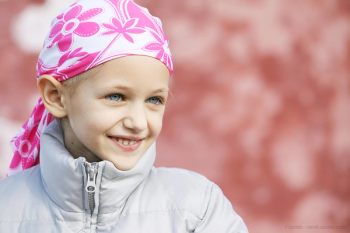
Pediatric breast cancer rates are low, but guidelines exist to help alleviate patient concerns.
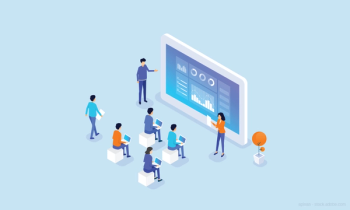
Why simulation-based training may be the best way to train residents.

Many younger women are seeking breast ultrasounds-should they?

New research reveals supplemental breast ultrasound provides the same level of additional cancer detection after digital breast tomosynthesis as it does after digital mammography.
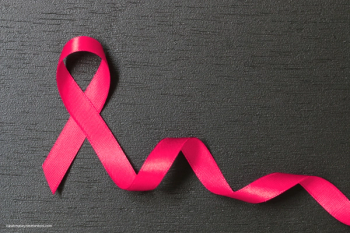
New study demonstrates ultrasounds effectiveness in determining prognoses in women with breast cancer.

How computer-aided detection in automated breast ultrasounds can be helpful.
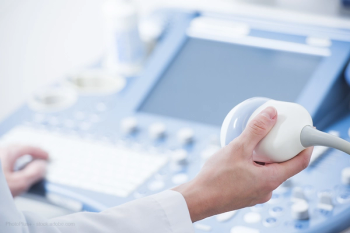
What patients think of automated whole-breast ultrasounds.
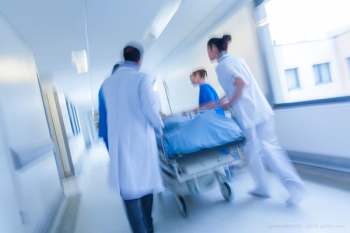
The important role breast ultrasound plays in the emergency department-and the improvements that need to happen.

With new laws on the horizon, why it’s vital for radiologists to stay on top of the latest dense breast reporting information.
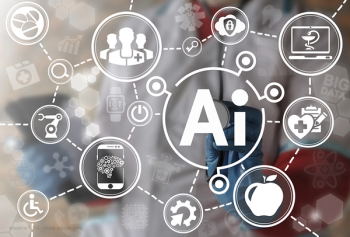
Practitioners are using the technology to make more accurate diagnoses.

Why researchers say practitioners and patients alike will be moving toward ultrasound-guided breast biopsies.

New laws and research are changing how dense breast notifications are happening.
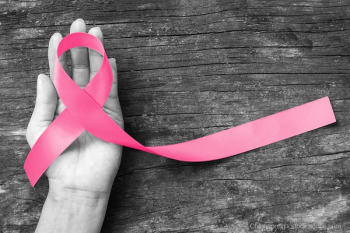
The market for automated breast ultrasounds is increasing. Here’s why.

Women who participated in regular breast screening programs benefitted more from therapy than women who were not screened regularly.
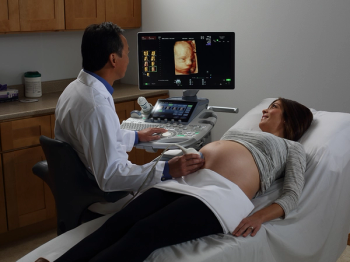
Birth defects can be tough to spot on ultrasounds, but new technological advances could make it easier.
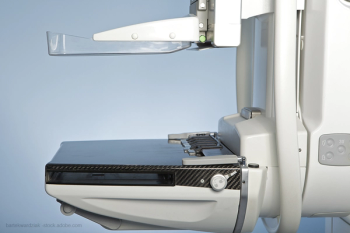
Not following ACR practice guidelines potentially leads to unnecessary workups and extra health care costs.

Algorithm may help better predict how likely it is a woman will have cancer in her future.

Biggest obstacle in ultrasound training is lack of dedicated faculty time.
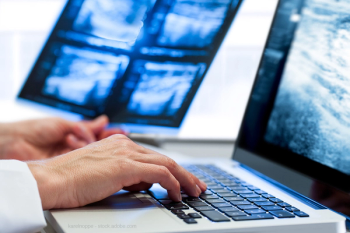
The problem of density and what it has meant for radiologists.

A total of 35 percent of cancers diagnosed after second-opinion review were not initially detected in the original interpretation.

Follow-up procedures are ordered by clinicians largely because current tools often cannot provide diagnostic certainty in identifying cancerous breast masses.

Imaging tests overused to diagnose pure breast pain among women.

Breast density legislation is still causing confusion and controversy among radiologists.

Case History: 25-year-old patient presents for antenatal ultrasound.